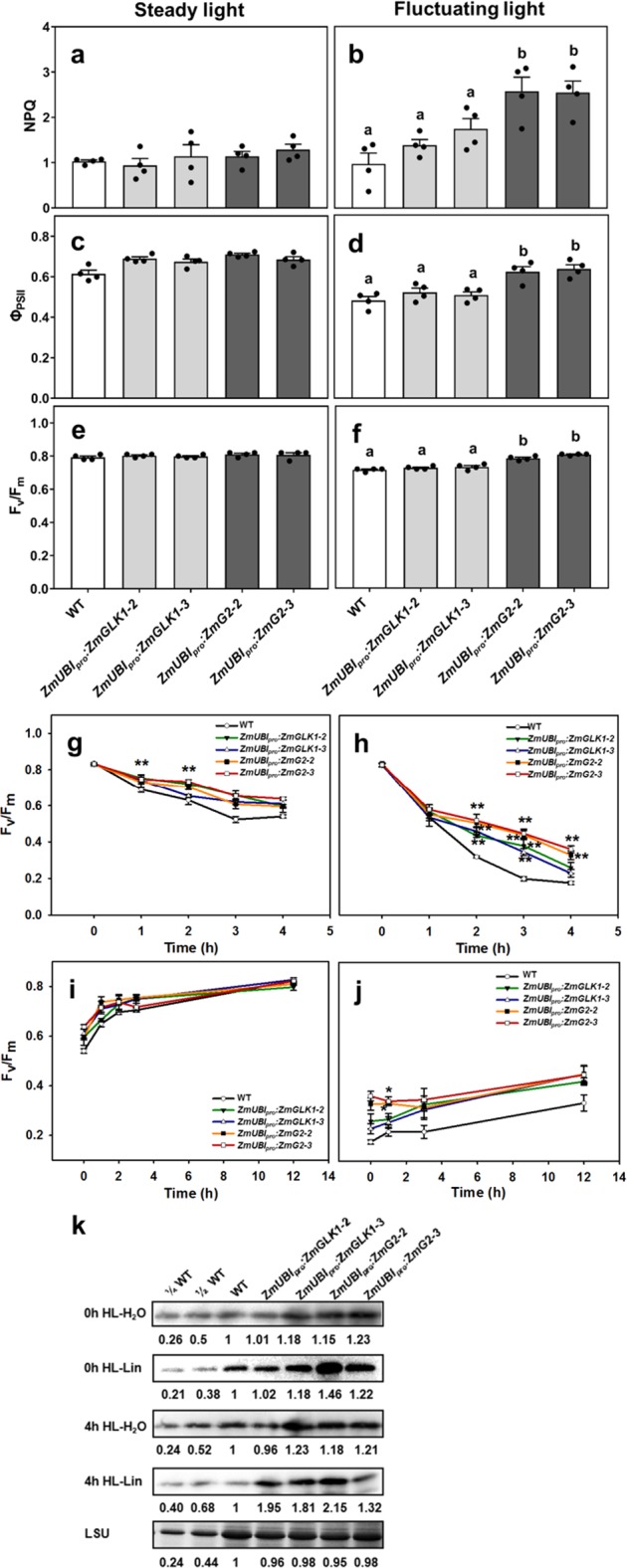Fig. 2. Elevated levels of D1 protein in ZmUBIpro:ZmGLK1 and ZmUBIpro:ZmG2 transgenic lines lead to better resistance to photoinhibition than wild-type plants in fluctuating light conditions.

a–f Non-photochemical quenching (NPQ) (a, b), quantum efficiency of photosystem II (ΦPSII) (c, d), and maximal PSII quantum efficiency (Fv/Fm) (e, f) under steady-state light (a, c, e) and after 3 days of treatment of fluctuating light (b, d, f) in WT and transgenic lines. Data are mean ± SE (n = 4 biological replicates), each dot represents a biological replicate. Different letters indicate a significant difference as determined by a one-way ANOVA test (P < 0.05). g–j Photoinhibition of PSII and recovery kinetics in WT and transgenic lines, including maximal PSII quantum efficiency (Fv/Fm) measured in detached leaves soaked in H2O under high light conditions (g); Fv/Fm measured in detached leaves soaked in lincomycin under high light conditions (h); recovery of Fv/Fm after photoinhibition in H2O (i) and 1 mM lincomycin (j). Data are mean ± SE (n = 4 biological replicates). *P < 0.05, **P < 0.01 compared with WT according to a two-tailed Student’s t test. k Immunoblot analysis of D1 protein in extracts from detached leaves of WT and transgenic lines before and after a 4-h exposure to high light (HL) in the presence (Lin) or absence (H2O) of lincomycin. The Rubisco large subunit (LSU) was used as a loading control. The numbers below the gel lanes represent the relative protein level, which was quantified from the band intensity using the ImageJ software, and normalized relative to WT.
